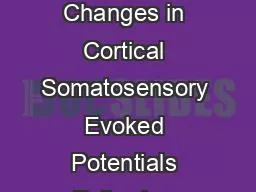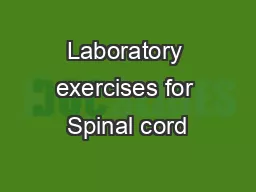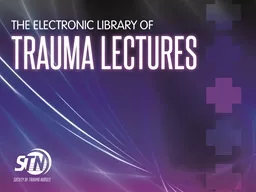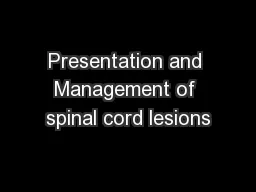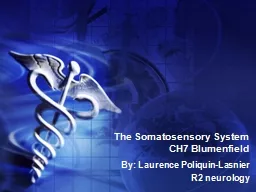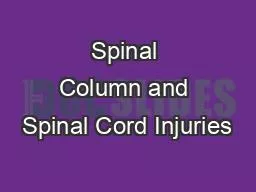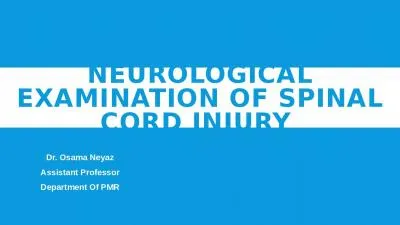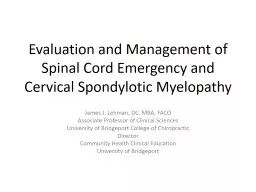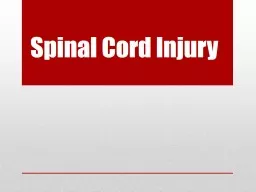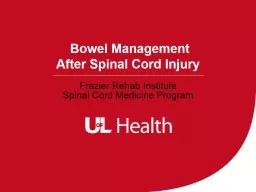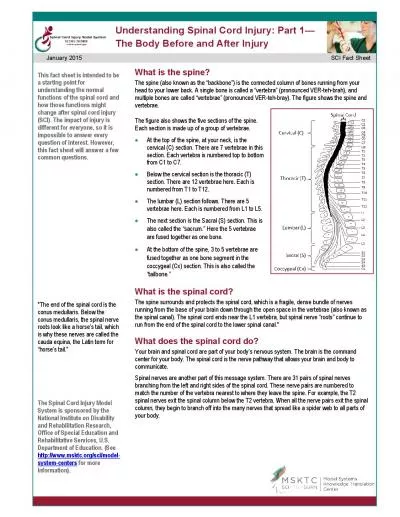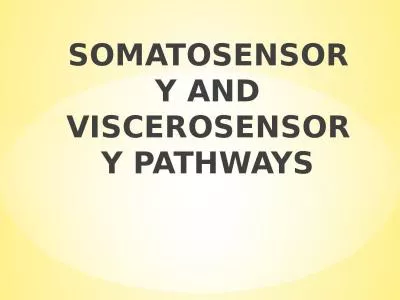PPT-Plasticity Associated Changes in Cortical Somatosensory Evoked Potentials Following Spinal
Author : limelighthyundai | Published Date : 2020-08-05
Faith A Bazley Angelo H All Nitish V Thakor Anil Maybhate Department of Biomedical Engineering The Johns Hopkins University Loss of electrical signal conduction
Presentation Embed Code
Download Presentation
Download Presentation The PPT/PDF document "Plasticity Associated Changes in Cortica..." is the property of its rightful owner. Permission is granted to download and print the materials on this website for personal, non-commercial use only, and to display it on your personal computer provided you do not modify the materials and that you retain all copyright notices contained in the materials. By downloading content from our website, you accept the terms of this agreement.
Plasticity Associated Changes in Cortical Somatosensory Evoked Potentials Following Spinal: Transcript
Download Rules Of Document
"Plasticity Associated Changes in Cortical Somatosensory Evoked Potentials Following Spinal"The content belongs to its owner. You may download and print it for personal use, without modification, and keep all copyright notices. By downloading, you agree to these terms.
Related Documents

